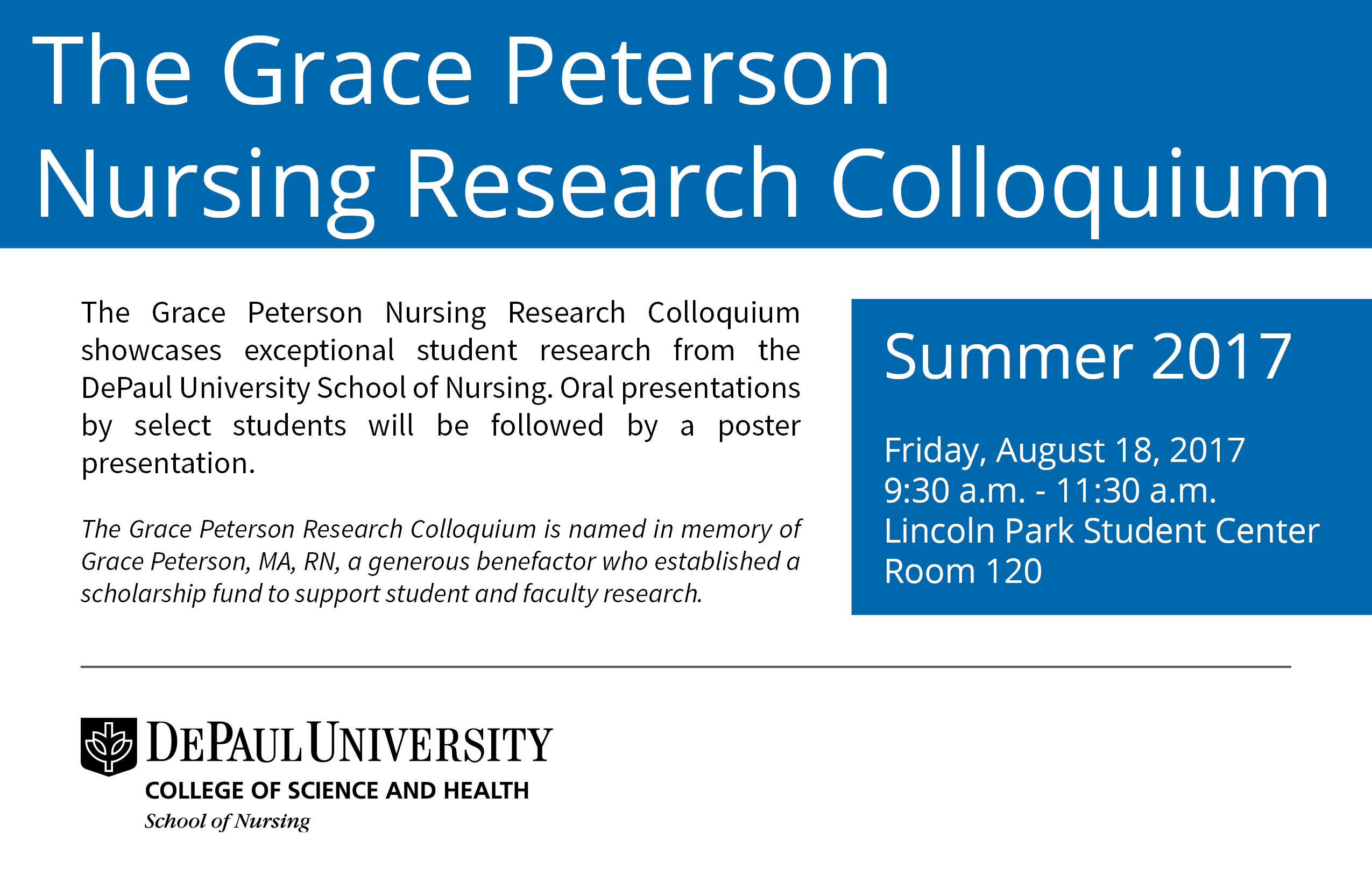Title of Research
Barriers to Medication-Assisted Opioid Recovery: An Integrative Review of Literature
Start Date
18-8-2017 10:00 AM
End Date
18-8-2017 11:30 AM
Abstract
Abstract
Background: Opioid addiction has become one of the fastest growing epidemics sweeping the world, but despite the use of opioid agonist medication-assisted treatment (MAT) with methadone or buprenorphine having been found to be one of the most effective methods for treatment of this epidemic, there is still a significant gap between the number of people that need MAT and the number of people that actually receive MAT.
Objective: The purpose of this integrative literature review is to explore the barriers that prevent many addicts from receiving MAT and to identify strategies that may assist in eliminating these barriers in an attempt to enhance nursing knowledge by identifying specific ways that nurses can help to abolish these barriers.
Method: An integrative literature review was performed by reviewing the databases of CINAHL, ProQuest Nursing & Allied Health Source, PsycInfo, and PubMed for relevant literature, using the following terms: medication-assisted recovery, medication-assisted treatment, opioid substitution therapy, barriers, and stigma.
Results: The stigmatization of MAT, a lack of funding for MAT, a lack of support for physicians prescribing buprenorphine, a lack of medical personnel to provide MAT, and the adverse effects of MAT were found to be the five most supported barriers to MAT. The most suggested methods for nurses to help clients overcome these barriers included nurses using their attitudes to change the negative perceptions of MAT and nurses taking a more central role in the assessment and treatment of buprenorphine clients.
Conclusion: This review exposed five key barriers to MAT access and retention as well as several nursing interventions to help overcome some of these barriers; however, not all of the barriers were addressed. Future research is needed to develop nursing interventions that tackle of the identified barriers, thereby further closing the gap between those that need MAT and those that are able to receive MAT.
Barriers to Medication-Assisted Opioid Recovery: An Integrative Review of Literature
Abstract
Background: Opioid addiction has become one of the fastest growing epidemics sweeping the world, but despite the use of opioid agonist medication-assisted treatment (MAT) with methadone or buprenorphine having been found to be one of the most effective methods for treatment of this epidemic, there is still a significant gap between the number of people that need MAT and the number of people that actually receive MAT.
Objective: The purpose of this integrative literature review is to explore the barriers that prevent many addicts from receiving MAT and to identify strategies that may assist in eliminating these barriers in an attempt to enhance nursing knowledge by identifying specific ways that nurses can help to abolish these barriers.
Method: An integrative literature review was performed by reviewing the databases of CINAHL, ProQuest Nursing & Allied Health Source, PsycInfo, and PubMed for relevant literature, using the following terms: medication-assisted recovery, medication-assisted treatment, opioid substitution therapy, barriers, and stigma.
Results: The stigmatization of MAT, a lack of funding for MAT, a lack of support for physicians prescribing buprenorphine, a lack of medical personnel to provide MAT, and the adverse effects of MAT were found to be the five most supported barriers to MAT. The most suggested methods for nurses to help clients overcome these barriers included nurses using their attitudes to change the negative perceptions of MAT and nurses taking a more central role in the assessment and treatment of buprenorphine clients.
Conclusion: This review exposed five key barriers to MAT access and retention as well as several nursing interventions to help overcome some of these barriers; however, not all of the barriers were addressed. Future research is needed to develop nursing interventions that tackle of the identified barriers, thereby further closing the gap between those that need MAT and those that are able to receive MAT.


